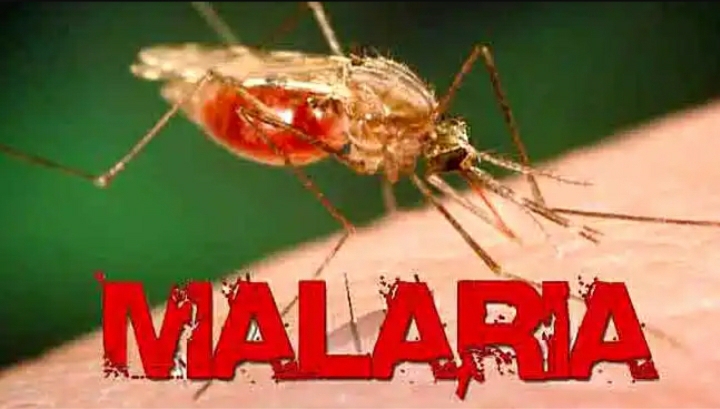Expert-Backed Steps to Effectively Treat Malaria at Home
Introduction:
Malaria, a potentially life-threatening disease caused by parasitic infections, is a significant global health concern. While immediate medical attention is crucial when dealing with malaria, there are some things you can do at home to alleviate your symptoms and support the healing process. This article outlines confirmed ways, supported by medical experts, to manage malaria symptoms from the comfort of your own home.
Please note: Home treatments should only be considered supportive measures and not a substitute for professional medical care. Consult with a healthcare provider if you suspect you have malaria or face worsening symptoms.
1. Confirm the Diagnosis:
It’s essential to obtain a confirmed diagnosis from a qualified healthcare professional. Malaria has similar symptoms to other illnesses, so a proper diagnosis is crucial before starting any treatment at home.
2. Rest and Hydration:
Resting is vital when dealing with any illness, including malaria. Get plenty of sleep and allow your body to recover. Additionally, maintain proper hydration by drinking plenty of fluids such as water, electrolyte-rich drinks, and herbal teas. Staying hydrated aids in flushing out toxins and helps in managing fever symptoms.
3. Manage Fever and Body Aches:
Malaria often presents with fever and body aches. To alleviate these symptoms, try:
a. Medications: Over-the-counter fever-reducing medications such as acetaminophen (paracetamol) may help manage fever and body pain. However, consult with a healthcare provider before taking any medicine, particularly if you have other medical conditions or are taking other medications.
b. Cool sponge bath: Apply a damp towel or sponge soaked in lukewarm water to your forehead, wrists, and ankles. This can provide temporary relief from fever.
c. Wear light clothing: Opt for lightweight, breathable clothing to help regulate body temperature.
4. Control Nausea and Vomiting:
Malaria can cause nausea and vomiting. Here are some ways to manage these symptoms:
a. Ginger: Consuming ginger can help alleviate nausea. Sip on ginger tea, have ginger candies, or add ginger to your meals.
b. Smaller, frequent meals: Eat smaller, more frequent meals to avoid overloading your stomach and minimize nausea.
c. Avoid triggers: Steer clear of strong smells, spicy or oily foods, and any particular food that triggers nausea or vomiting.
5. Seek Natural Remedies:
Several natural remedies may offer relief from malaria symptoms, but bear in mind that these remedies should be used alongside medical treatment:
a. Artemisinin-based herbal supplements: These supplements, derived from the Artemisia annua plant, have been found to assist in malaria management. Nonetheless, consult with a healthcare professional before starting any herbal remedy.
b. Herbal teas: Certain herbal teas, like chamomile or lemongrass, may promote relaxation and offer relief from symptoms.
6. Prevent Mosquito Bites:
While at home, it’s crucial to prevent further mosquito bites to avoid reinfection. Follow these preventive measures:
a. Use mosquito nets: Sleep under a properly installed insecticide-treated mosquito net to protect yourself from mosquito bites.
b. Close windows and doors: Keep windows and doors closed or screened to prevent mosquitoes from entering your home.
c. Wear protective clothing: When going outside or during peak mosquito activity, wear long sleeves, and pants, and consider using mosquito repellents on exposed skin.
Conclusion:
Treating malaria at home primarily revolves around managing symptoms and supporting your body’s recovery process. While these steps offer some relief, it is crucial to seek professional medical assistance for accurate diagnosis, appropriate treatment, and monitoring of your condition. Remember, your health should always be a top priority, and consulting a healthcare provider is necessary to ensure the best outcome.



